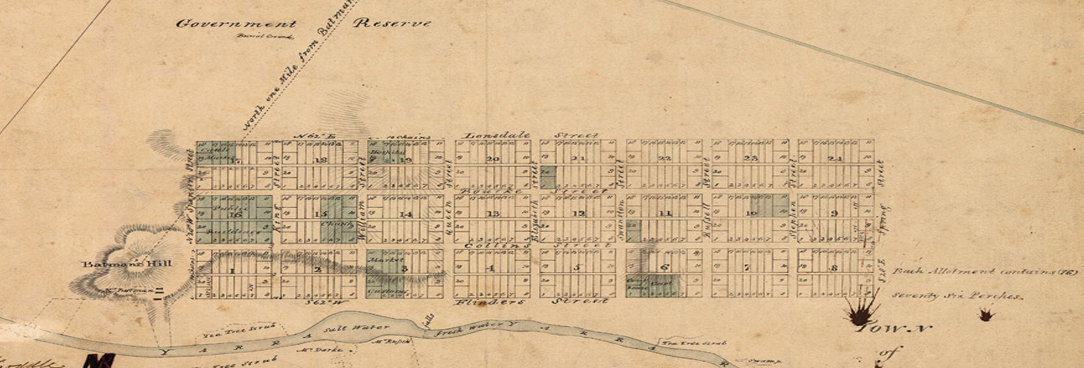
Author: Kate Follington
Author: Tsari Anderson
Coordinator Koorie Records Unit and Provenance Editor
William Thomas, Protector (1839 - 1849)
On his first morning camped with the Bunurong tribe, in July 1839, William Thomas (Aboriginal Protector from 1839 - 1849) noted in his journal that while reading his morning Psalms the admired Aboriginal hunter Poleorong (known as Billy Lonsdale) poked his head through Thomas’ tent. Poleorong insisted on sharing his bread, tea and sugar with the new protector, and had built Thomas a fire the night before.
Despite disease rapidly decimating the Aboriginal people living around Port Phillip Bay in the 1830s, Thomas decided to set up camp with the local tribes he was employed to protect.
William Thomas was brought from England to be employed as one of four assistant protectors of Aborigines for the Port Phillip District of Australia, from April 1839 until 1949. Thomas kept detailed diaries of his expeditions of the area, observations of camp life, the death of Aboriginal people by massacre and disease.
-
Thomas' hand drawn map of Western Port District of Port Phillip Bay, 1830s. VPRS 6760 P0 P11
Capturing Memory
One of the tasks of the assistant protectors was to gather information about the customs and languages of the Aboriginal people of the Port Phillip District. The result were some government records of Aboriginal languages and geography, including this map of the Westernport District made by Thomas in 1841, no doubt informed by the time he spent living with Aboriginal communities. The map is a record of his understanding of the original place names, geographical features and land use of the area, including his record for the Aboriginal name for Port Phillip, more commonly known as Nerm or Neerim.
Short-Lived
The protectorate was short-lived. The huge social and economic changes brought about by the gold rush coincided with a lack of policy for Aboriginal people. The consequences were dramatic with only 2,000 Aboriginal people remaining by the 1850s. Records and reports from this period are held at the Public Record Office of Victoria. Its main holdings are records created by the office of Chief Protector of Aborigines, Agency number VA512 (1838-1849) and Guardian of Aborigines (1850-1860) Agency number VA 513.
Rare Records on Display
This record is currently on display at the Victorian Archives Centre Gallery until 31 July 2014, as part of the exhibition walata tyamateetj: Carry Knowledge exhibition.
Records
Image: A map of Westernport District made by William Thomas, Assistant Protector of Aborigines, in 1841. The map identifies both Aboriginal and European names.
Citation: Public Record Office Victoria, PROV VPRS 6760/PO, Unit 1, Item 1
Written by Kate Follington, Contributions by Tsari Anderson. Diary, William Thomas, Thomas Abstract for July 1839, CY 2604, item 2, frame 59, Mitchell Library.
Material in the Public Record Office Victoria archival collection contains words and descriptions that reflect attitudes and government policies at different times which may be insensitive and upsetting
Aboriginal and Torres Strait Islander Peoples should be aware the collection and website may contain images, voices and names of deceased persons.
PROV provides advice to researchers wishing to access, publish or re-use records about Aboriginal Peoples

